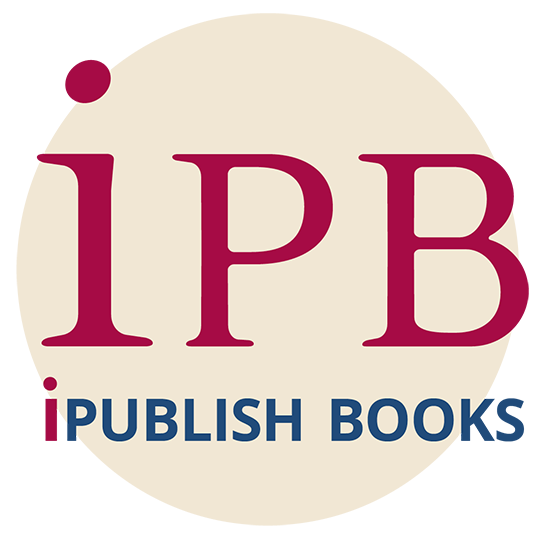The Rise of Self Publishing and The Independent Author
In the year 2008 Amazon disrupted the traditional book publishing (Trades) industry with its release of a technological triptych that would revolutionize the world of publishing: the e-reader Kindle, the Kindle Direct Publishing (KDP) and a new payment process that offered commission on sales instead of traditional royalties and advancements.
For the first time authors were able to take full control of their work. No longer subject to rigorous vetting, fledgling authors liked the independence that Amazon offered, took a chance, tossed their hats into the newly opened opportunity, wrote, uploaded the manuscript to KDP, pressed the publish button and held their breath.
If the publish button was pressed with mixed feelings of skepticism that was soon dissipated when the eBook was published, copies sold, and the first check arrived.
Aah! The sweet smell of success.
How did Amazon’s technological triptych fuel this success? Brilliantly staged, strategically positioned, each TYCH was a springboard to the next and together the three created a publishing phenomenon not seen in modern times.
1. The launch of Kindle, a digital e-reader and app.
Amazon was not the first to invent the e-reader, in fact there is reference that the very notion of one goes back decades even before the first one:
“ The idea for a device similar to the kindle was first described in a 1930 manifesto, such a device was first described in a 1930 manifesto written by Bob Brown titled The Readies, which describes “a simple reading machine which I can carry or move around, attach to any old electric light plug and read hundred-thousand-word novels in 10 minutes” … Wikipedia
Sometimes ideas come before their time.
The first e-reader, the Rocketbook was developed and pitched to Jeff Bezos of Amazon in 1997. Bezos was intrigued, understood the value of the technology but took a pass because the device needed to be plugged into a computer to download the digital books. That seemed cumbersome.
The idea though, never left Bezos’ mind. He put a team together to develop an e-reader that was easy to read, portable, could download eBooks from the Amazon book store in seconds, and build up its own library list that could be accessed from anywhere. Three and a half years from startup, the Kindle was launched.
This time the software was user friendly and the timing was right. By 2007/ 2008 there was a decent inventory of digital books that customers could buy and download. The price of an eBook was significantly lower than either hardcover or paper book versions making it an attractive option for price conscious customers who loved to read.
2. Kindle Direct Publishing (KDP)
In order for the Kindle e-reader to succeed, Bezos saw the need for a massive inventory of digital books. eBooks are typically priced between $0.99 and $9.99. At this rate it would take a long time to recoup the investment in the Kindle e-reader. The question was what could be done to vastly increase the number of digital books in the shortest time possible. What incentives could be put in place to attract authors?
The solution was Kindle Direct Publish (KDP). That was the carrot on the stick that Bezos and his team came up. In essence, it removed all barriers for book publishing; gave authors full control of content, covers, editing, marketing and promotion; and let them keep copyright privileges. No vetting, no gatekeeping, no anything. Book goes up for sale on Amazon. Let the market decide whether to buy or not.
3, The coup de grace that sealed the deal
Amazon offered self-published authors a new payment process with commissions on sales of books instead of traditional royalties and advancements. Authors received 70% on eBooks selling between $2.99 and $9.99, and 35% on eBooks selling between $0.01 and $2.98.
Buoyed by their initial success, authors flocked to KDP like bees to honey. Their ranks swelled.The massive inventory of digital books that Bezos needed, swelled. Revenues swelled.
Bezos was happy.
Amazon shareholders were happy.
Authors were happy.
Some authors hit best seller lists, banked big bucks for their efforts, got press and publicity. The storied 50 Shades of Grey was the first self published book to hit the $1million dollar mark in sales.
The once lowly Indie toyed with celebratory status, became a force to be reckoned with and some even wooed by the Trades.Their new readers brought excitement to the world of books, but more importantly, a sizable cash flow increase.
The Indie, self published played a key role in propping up self publishing’s reputation from tarnished to legitimate.
Next week: Publishing and Indie Shades of Gray.
